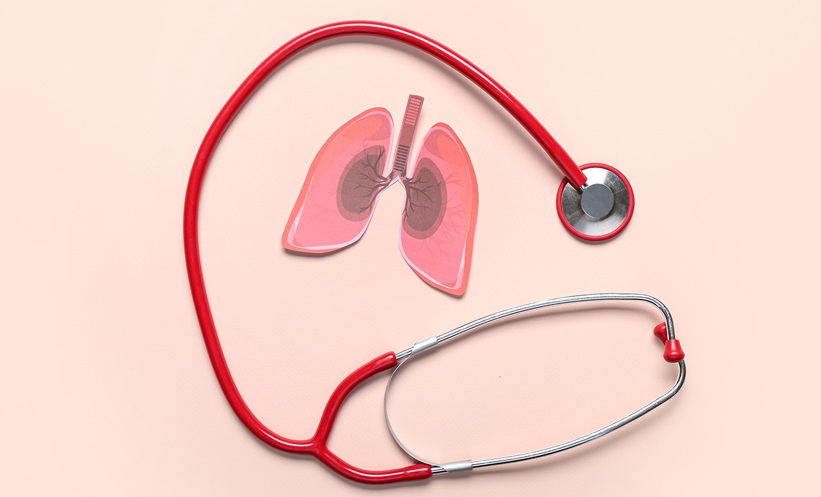SEVERE acute respiratory syndrome coronavirus 2 has taken over hospital wards for almost 2 years. This contagious respiratory illness varies in severity and affects groups of individuals differently. Up to 20% of elderly patients require ventilatory support and many vulnerable patients with a COVID-19 infection have difficulty breathing. Previous results from studies have shown patients with acute hypoxemic respiratory failure receiving high-flow oxygen therapy via nasal cannula are less likely to need intubation. However, the effect of high-flow oxygen therapy versus conventional oxygen therapy in patients with severe COVID-19 has not been extensively studied.
Scientists conducted a randomised, open-label study between August 2020 and January 2021, involving three different centres. Patients with severe COVID-19, with an average age of 60 years, were recruited to take part. For this study, 109 patients were randomised to receive high-flow oxygen therapy, and 111 patients were randomised to conventional therapy. Participants all had baseline respiratory distress and had a ratio lower than 200 for the partial pressure of arterial oxygen to inspired oxygen.
From this cohort, 51 patients from the low-flow group required intubation, whereas only 34 patients required intubation in the high-flow group. Patients in the latter group had a significantly shorter recovery time (11 days) in comparison to the conventional group (14 days). Additionally, the rates of bacteraemia and pneumonia were lower in the high-flow group than the low-flow group. Notably, the key finding showed patients with severe COVID-19 were significantly less likely to need mechanical ventilation when given high-flow therapy in comparison to conventional low-flow oxygen therapy.
Other secondary outcomes that were measured in this study include risk of intubation and median ventilator-free days. The results showed that for both outcomes, high-flow had the better outcome, with more ventilator-free days and reduced risk of intubation. Importantly, there was no significant difference between high-flow versus low-flow regarding hazard ratio for death.
In conclusion, this novel research highlights the benefits of high-flow therapy over conventional therapy. The researchers shared why this was important: “Avoiding systematic intubation in COVID-19 could prevent complications related to invasive mechanical ventilation, sedation, delirium, and neuromuscular paralysis.” On the other hand, the researchers are aware of the small sample size being a limitation, as well as the use of only three centres. Future work could involve conducting this study on a larger scale.








